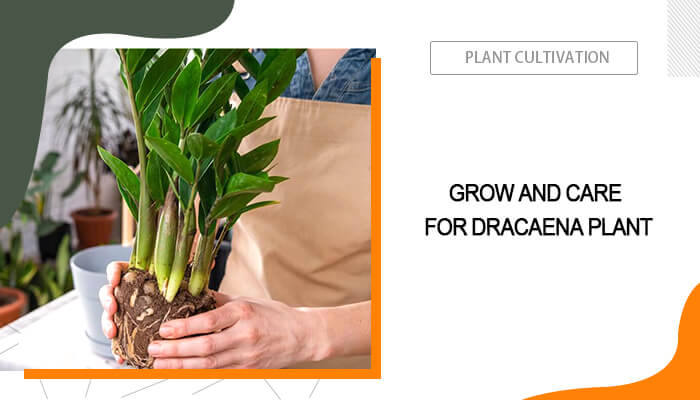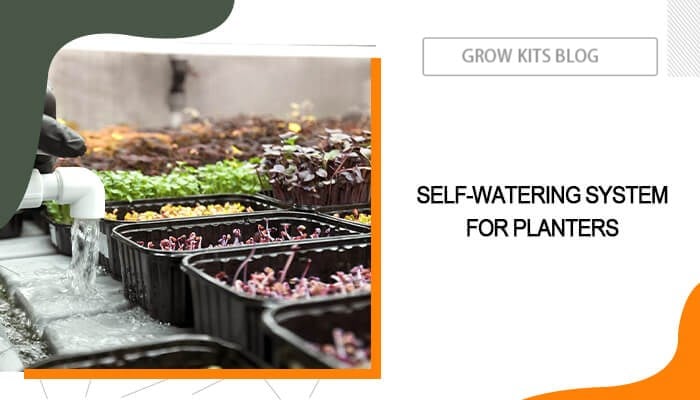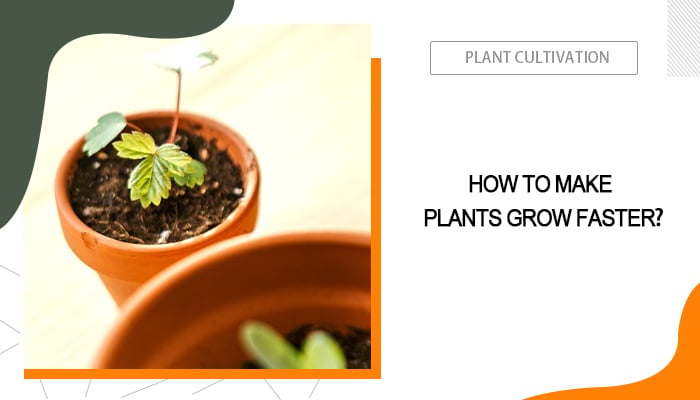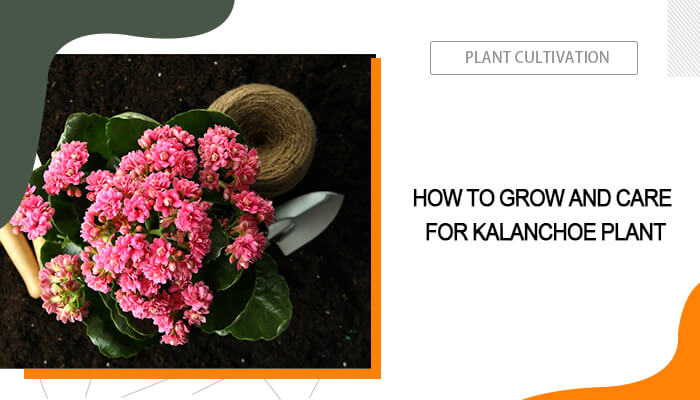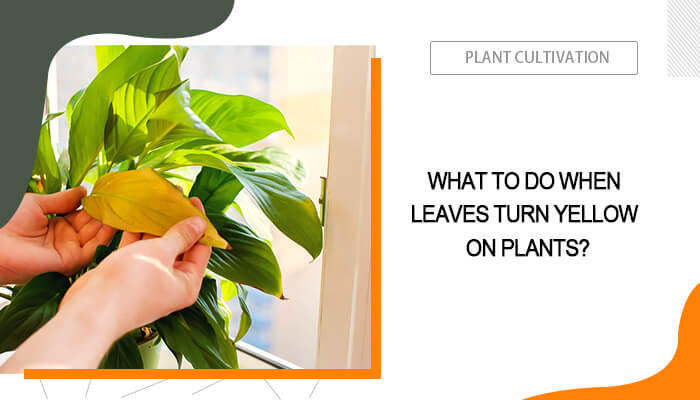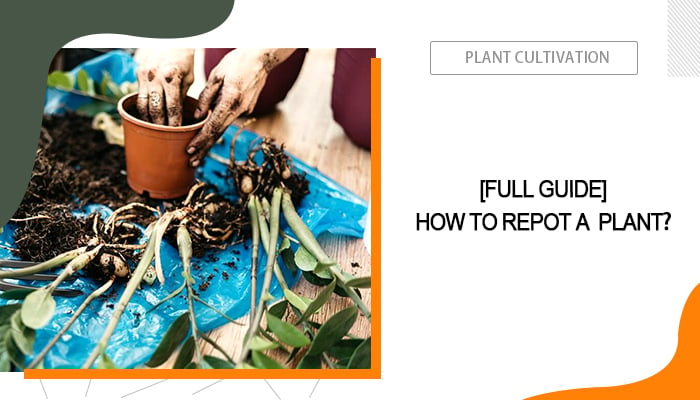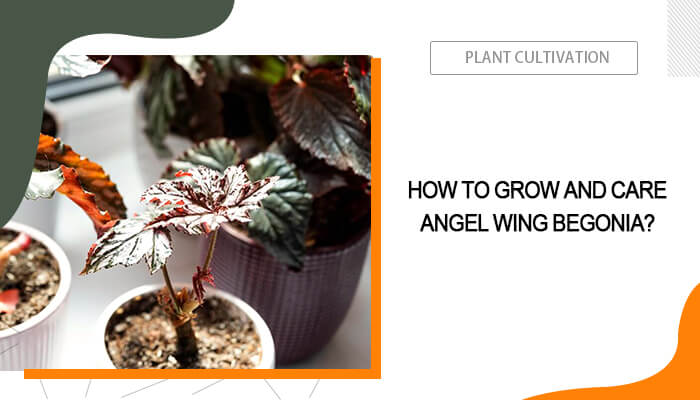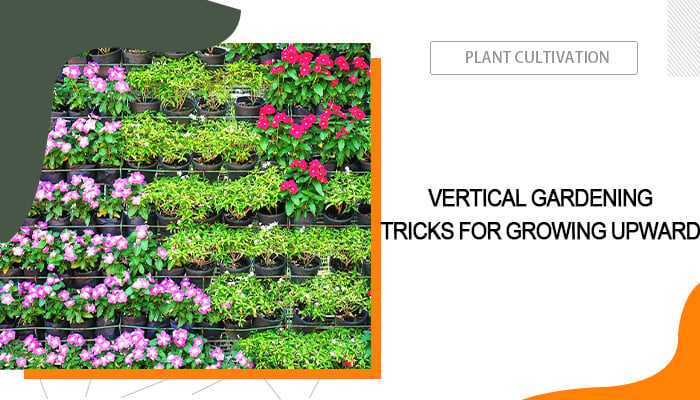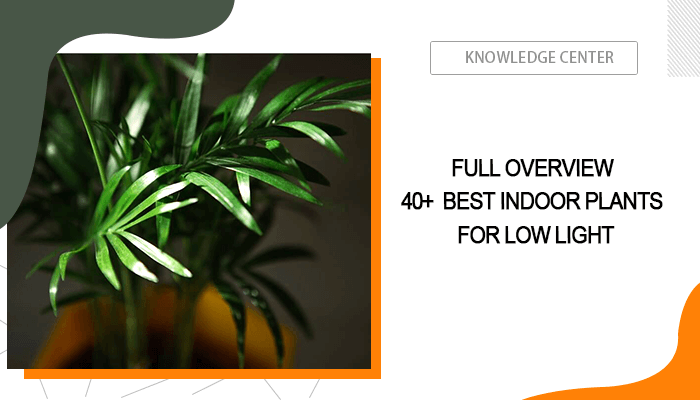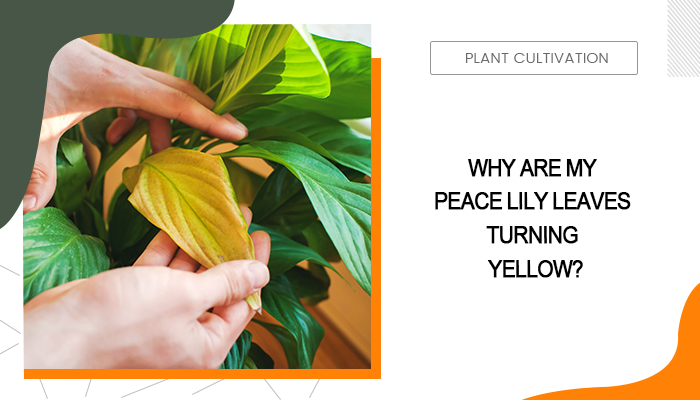Dracaena is a tropical plant that includes a wide variety of species known for their striking foliage and architectural form. Commonly grown as houseplants, Dracaena indoor plant species are appreciated for their ability to thrive in low light and adapt to various indoor conditions. They typically feature long, narrow leaves that can be solid green or variegated with shades of yellow, cream, or red.
Popular varieties include Dracaena marginata (Madagascar dragon tree), Dracaena fragrans (corn plant), and Dracaena reflexa (song of India). These plants are relatively low-maintenance, requiring moderate watering and well-draining soil, making them ideal for both beginner and experienced gardeners. Additionally, some species are known for their air-purifying qualities, which further enhances their appeal as indoor plants.
Table of Contents
Dracaena Plant Indoor Benefits
If you want to enhance your indoor environment, Dracaena plant would be an excellent choice. Known for its striking foliage and easy care, this tropical plant offers a range of benefits that make it an excellent indoor plant.
Here are some key benefits of incorporating Dracaena into your indoor garden.
- Air Purification: One of the standout features of the Dracaena plant is that it can purify the air. Studies have shown that Dracaena species can effectively filter out common indoor pollutants, such as formaldehyde, benzene, and xylene. By adding a Dracaena to your home, you can improve the air quality, creating a healthier living environment for you and your family.
- Low Maintenance Care: Dracaena plants are perfect for those who may not have a green thumb. They require minimal care, thriving in indirect light and tolerating low-light conditions. This makes them ideal for various indoor settings, from bright living rooms to dimly lit offices. With just occasional watering and a bit of attention, your Dracaena can flourish effortlessly.
- Aesthetic Appeal: With their long, narrow leaves and unique shapes, Dracaena plants add a touch of elegance to any room. Available in various varieties, including the popular Dracaena marginata and Dracaena fragrans, these plants can serve as stunning focal points in your home decor. Their lush greenery enhances the overall aesthetic, making any space feel more vibrant and inviting.
- Humidity Regulation: In addition to their air-purifying qualities, Dracaena plants can help regulate humidity levels in your home. By releasing moisture into the air, they create a more comfortable environment, especially in dry indoor conditions. This can be particularly beneficial during winter months when heating systems can dry out the air.
- Stress Reduction: Research has shown that having indoor plants can reduce stress and improve mental well-being. The presence of greenery, like the Dracaena, can create a calming atmosphere, helping to alleviate anxiety and boost mood. Incorporating plants into your living space not only beautifies your home but also promotes a sense of tranquility.
Dracaena Plant Types
Dracaena plants are a diverse group of houseplants with several popular species and varieties. Each type offers unique aesthetics and care requirements. Here are some notable Dracaena plant types:
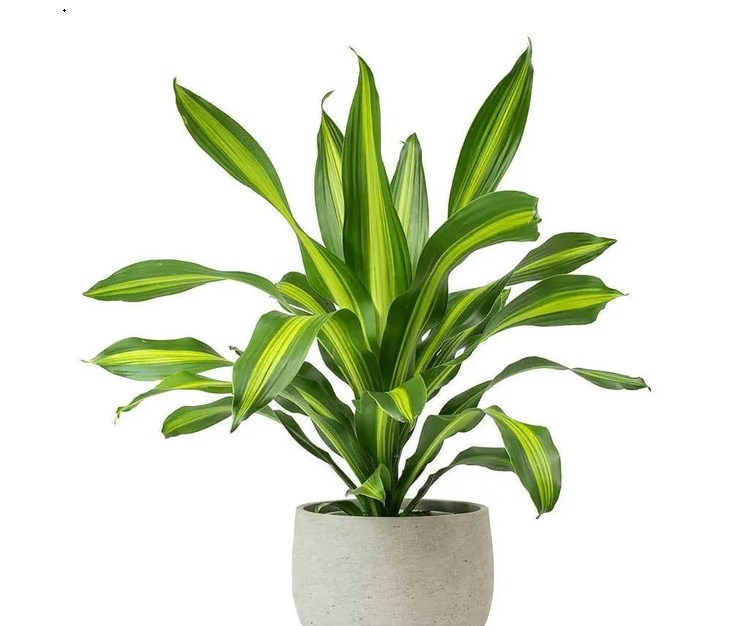
Dracaena Corn Plant Picture
- Dracaena marginata - Madagascar Dragon Tree: Known for its slender stems and spiky, arching leaves, often variegated with red edges.
- Dracaena fragrans - Dracaena Corn Plant: Features broad, strap-like leaves that resemble corn stalks, typically with a yellow or cream stripe down the center.
- Dracaena reflexa - Song of India: Recognized for its glossy, narrow leaves that can be variegated with yellow or white, giving it a tropical look.
- Dracaena sanderiana - Lucky Bamboo: Often sold as "lucky bamboo," it features thin, upright stems with lush green leaves and is considered a symbol of good fortune.
- Dracaena draco - Dragon Tree: This type has a thick trunk and a rosette of sword-like leaves, and is known for its striking appearance and resin known as "dragon's blood."
- Dracaena surculosa - Gold Dust Dracaena: Features speckled leaves with a mix of green and yellow, adding a unique texture to indoor spaces.
Dracaena Plant Propagation
The best time to propagate is during the spring or summer when the plant is actively growing. You can either propagate Dracaena plant in water or soil but each method serves different preferences and situations.
To propagate Dracaena plant in water, place a stem cutting in a jar, ensuring that only the nodes are submerged, and change the water weekly to prevent stagnation. This method can take anywhere from 2 to 8 weeks for roots to develop sufficiently.
On the other hand, you can grow Dracaena from cuttings. Select a healthy stem and cut a segment that is about 6 to 8 inches long, ensuring it includes at least two to three leaf nodes. Plant the cutting in well-draining potting mix and keep the soil moist but not soggy. With proper care, roots will develop within a few weeks.
Dracaena Plant Care
Dracaena plants are easy to take care of. They are well-suited for indoor environments and can thrive with minimal care. Continue reading and find how to take care of Dracaena plant by yourself.
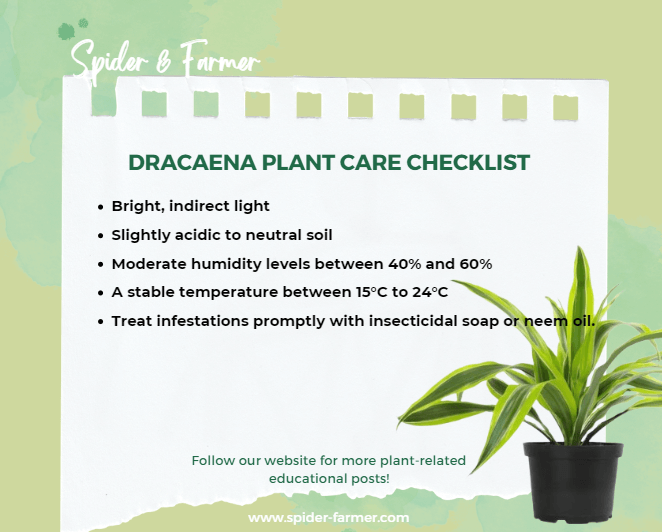
Dracaena Plant Care
Dracaena Plant Light
Dracaena plants need sunlight, but they thrive best in bright indirect light. While they can tolerate low light conditions, providing adequate light will promote healthier growth and vibrant foliage. On the other hand, as direct sunlight can scorch their leaves, it’s important to avoid placing them in harsh, direct light. Ideally, a location near a north or east-facing window is perfect, as it allows for bright light without the risk of leaf damage. If natural light is limited, you can also use fluorescent or LED grow lights to supplement the light needs.
Dracaena Plant Soil
Dracaena plants thrive in well-draining soil that supports their growth and prevents root rot. A standard potting mix designed for houseplants is suitable, but it’s beneficial to enhance drainage by mixing in perlite or sand. Dracaena prefers slightly acidic to neutral soil, ideally with a pH level between 6.0 and 7.0. It’s essential to use a pot with drainage holes to ensure excess water can escape, as standing water can lead to root issues. By providing the right soil conditions, you can create a healthy environment for your Dracaena, allowing it to flourish indoors.
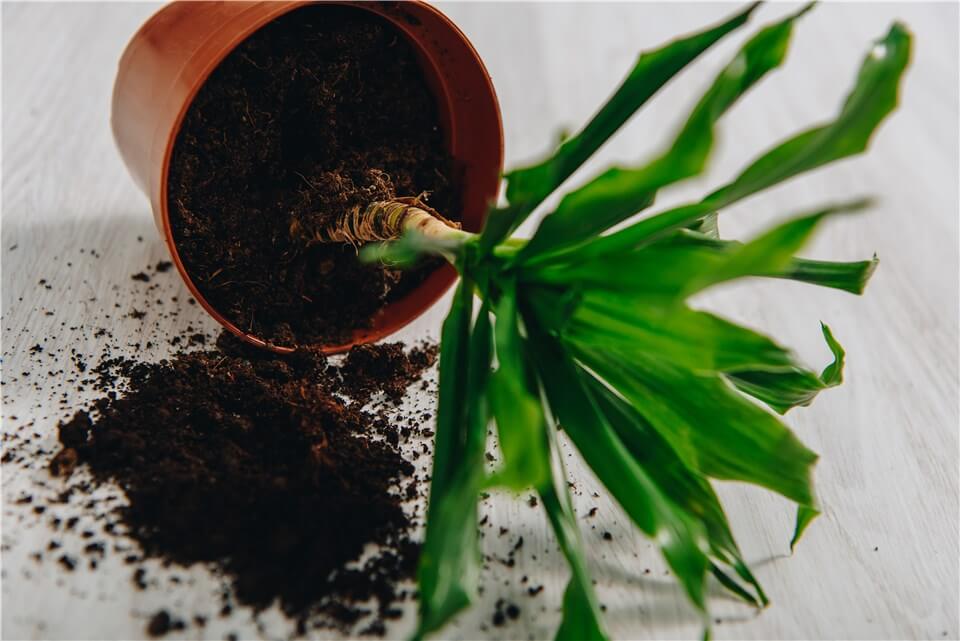
Dracaena Plant Soil
Dracaena Plant Humidity
Dracaena plants thrive in moderate humidity levels, ideally between 40% and 60%. To maintain optimal humidity, consider misting the leaves occasionally, placing a humidity tray filled with water and pebbles near the plant, or using a humidifier. Besides, you should water your Dracaena plant when the top inch of soil feels dry, typically every 1 to 2 weeks, based on the environment. During the growing season - spring and summer, you may need to water more frequently, while in the dormant season - fall and winter, reduce watering to allow the soil to dry out more between waterings.
Dracaena Plant Fertilizer
Fertilize monthly with a diluted water-soluble fertilizer during the spring and summer months to support growth, and prune as needed to remove any dead or yellowing leaves.
Dracaena Plant Temperature
Dracaena Plant thrives in warm indoor environments and prefer a stable temperature range between 60°F and 75°F (15°C to 24°C). To protect them from extreme temperature fluctuations and cold drafts, avoid placing them near heating vents, air conditioning units, or areas with significant temperature changes.
Dracaena Plant Pest Management
Keep an eye out for common pests like mealybugs and spider mites. If you notice any infestations, treat them promptly with insecticidal soap or neem oil.
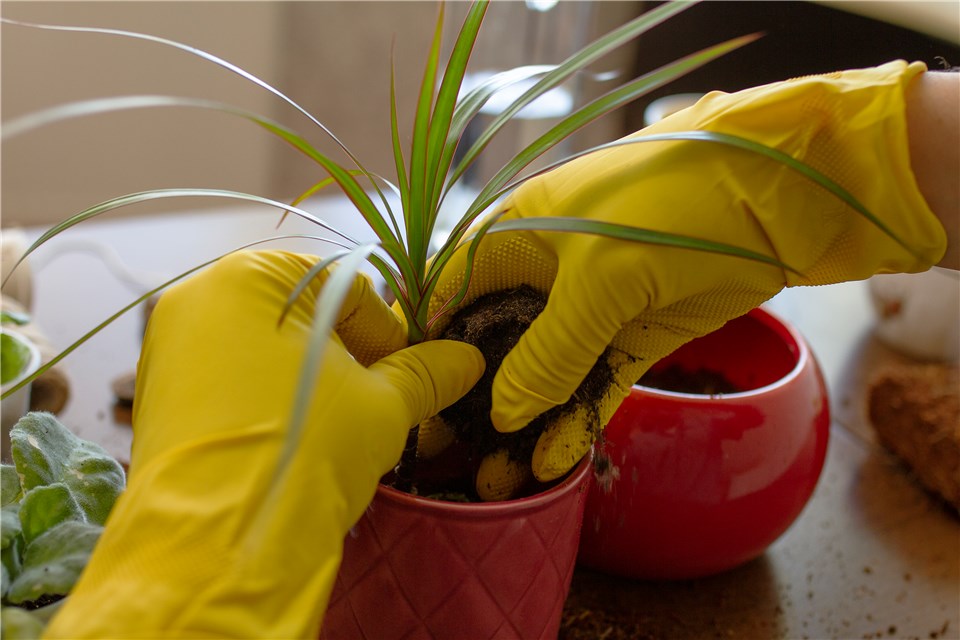
Dracaena Plant Pest Management
FAQs About Dracaena Plant
By the end of the post, we’ll take a closer look at the questions that most Dracaena Plant are caring about.
Is a Dracaena an annual or perennial?
Dracaena is a perennial plant, whichi means it can live for multiple years and continues to grow and thrive over time. As a tropical plant, it is often grown indoors in temperate regions, where it can be enjoyed year-round. Unlike annuals, which complete their life cycle in one growing season, Dracaena plants can grow tall and produce new leaves each year, making them a long-term addition to indoor gardens and home decor.
Is Dracaena plant toxic to cats?
Yes, Dracaena plants are toxic to cats. Unexpected ingestion can lead to symptoms such as vomiting, loss of appetite, and lethargy. If a cat consumes part of a Dracaena plant, it's important to monitor for these symptoms and consult a veterinarian if any adverse effects occur. To keep your pets safe, it's best to place Dracaena plants out of reach
Is Dracaena safe in bedroom?
Yes, Dracaena plants are generally safe to keep in the bedroom for humans. They are known for their air-purifying qualities, helping to improve indoor air quality by filtering out toxins.
What are the disadvantages of Dracaena?
While Dracaena plants are popular houseplants, they do have some disadvantages:
- Toxicity to Pets: Dracaena is toxic to cats and dogs, which can be a concern for pet owners. Ingestion can lead to vomiting and other health issues.
- Sensitivity to Overwatering: Dracaena plants are prone to root rot if overwatered, requiring careful attention to watering practices to avoid this issue.
- Slow Growth Rate: They can grow slowly, which may be disappointing for those looking for rapid plant development or immediate impact.
- Leaf Drop: Changes in environmental conditions, such as temperature fluctuations or drafts, can cause Dracaena to drop leaves, affecting its appearance.
- Pest Susceptibility: While generally resistant to pests, Dracaena can still attract spider mites and mealybugs, which may require treatment to manage.


